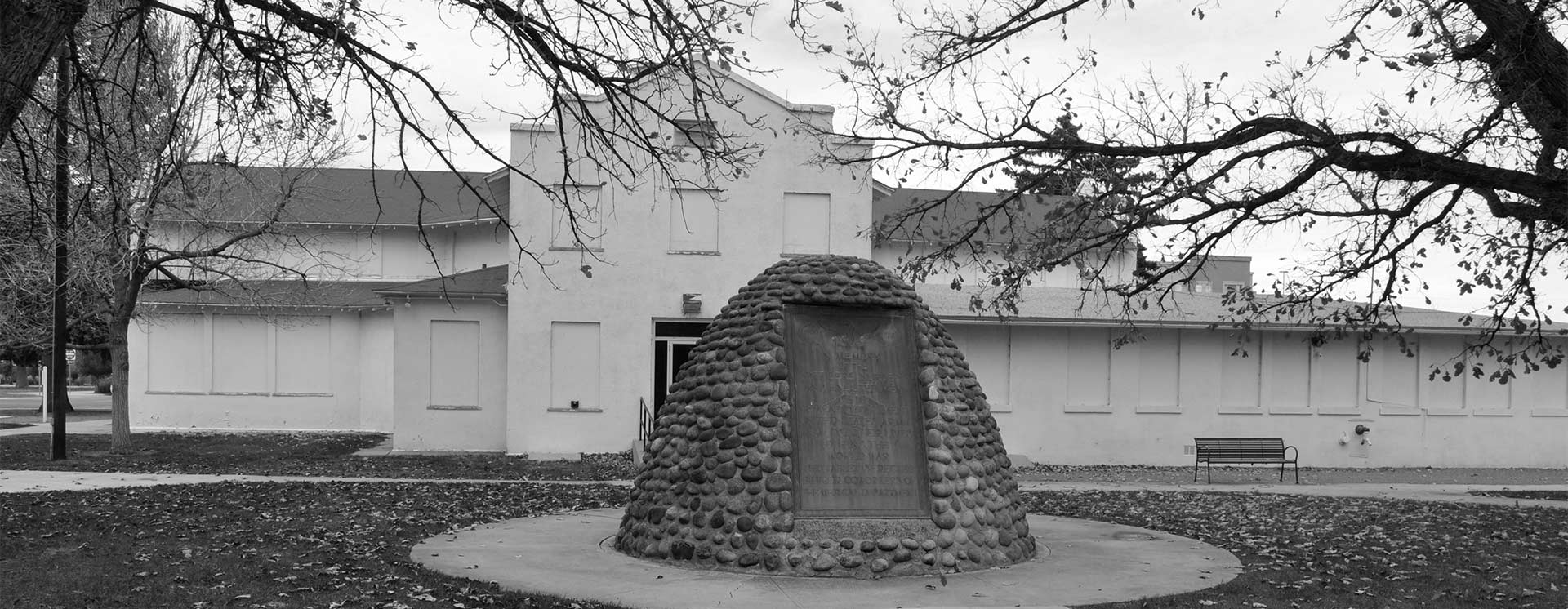
World War One Sites - The NETWORLD Database
Camp cemetery of the former POW camp Braunau am Inn (district Haselbach), Upper Austria, Austria
The Austro-Hungarian military authorities responsible for prisoners of war matters decided to set up several POW camps in Upper Austria: Aschach an der Donau, Braunau am Inn, Freistadt, Marchtrenk, Mauthausen and Kleinmünchen. The Braunau camp was designed to take 530 officers and 34,300 men. The barrack settlement with several groups of camps consisted of a total of 651 buildings.
Today, only the camp cemetery survives.
Austria, Oberösterreich
Type of WWI-heritage
- Military cemetery
- POW-camp
Dimensions
No information available.
State of repair/preservation
The cemetery is maintained with support from the City of Braunau and the Bundesimmobiliengesellschaft (BIG) (to a very limited extent).
Historical WWI Context
Differing specifications exist for the Habsburg Empire, but it is assumed that more than two million soldiers were in the custody of Austria-Hungary during World War One. Classified according to nationalities, the largest group of enemy soldiers consisted of Russians (around 1.27 million), followed by Italians (around 370,000), Serbians (approximately 155,000) and then Romanians (around 53,000). The number of prisoners of war from Montenegro, Albania, Great Britain, the USA and France were relatively low. Not counting the Lower Austrian camp for officer prisoners in Mühling in the Erlauftal, 16 POW camps (main camps) were constructed from 1914 onwards in the Austrian regions of Lower Austria, Upper Austria, Salzburg and Styria.
The Austro-Hungarian military authorities responsible for prisoners of war matters decided to set up the following POW camps in Upper Austria: Aschach an der Donau, Braunau am Inn, Freistadt, Marchtrenk, Mauthausen and Kleinmünchen.
Important factors spoke for the Braunau location – on the one hand the good traffic connections of the region via two railway lines soon to be supplemented with a railway siding on the camp premises, and a certain military infrastructure in the nearby garrison City of Braunau; on the other hand its position in open territory: it was easy to guard, thereby making escape more difficult. Further advantages were that the Mattig as a flowing river could be used for power generation as well as for waste water disposal. Supply of the war prisoners with food was intended to come from the surrounding areas. As a consequence the camp gradually became a significant economic factor that was not only effective in the direct vicinity – it required supplies from the complete Inn region.
The first camp barracks were completed in Braunau at the early date of January 1915. The camp was then further expanded despite protests from Braunau town council objecting to the occupation of valuable building land, difficult supply conditions for the camp and the risk of illness and disease. The site stretched from the community parishes of St. Peter and Ranshofen, was aligned from north to south on both sides of the Mattig and in terms of construction was strictly organised.
Designed by the Austro-Hungarian authorities to accommodate 530 officers and 34,300 men, the Braunau am Inn camp consisted of several groups of camps. The barrack settlement consisted of a total of 651 buildings. Total construction costs were apparently 9,600,000 crowns.
Today, only the camp cemetery survives.
Recent Images
Historical Images
State of legal protection
The cemetery is not heritage-protected
Owner
The cemetery site owned by the BIG is maintained and upkept by the Austrian Black Cross.
Kind of cultural use of WWI
No touristic use.
Opening
Access to the military cemetery is free.
Entrance Fee
Access to the military cemetery is free.
Information regarding cities, villages, other touristic attractions (non-WWI) nearby
Further information:
City of Braunau: www.braunau.at
City of Burghausen: www.burghausen.de
City of Linz: www.linz.at
Accomodation
Public Transport
Further information:
ÖBB: www.oebb.at
Further information sources
Publications:
Verena Moritz & Hannes Leidinger, Zwischen Nutzen und Bedrohung. Die russischen Kriegsgefangenen in Österreich 1914–1921, Bonn (2005).
Julia Walleczek, Hinter Stacheldraht. Die Kriegsgefangenenlager in den Kronländern Oberösterreich und Salzburg im Ersten Weltkrieg, Dissertation Universität Innsbruck (2012).
Other heritage sites nearby
- Memorial plaque for fallen soldiers of the Austro-Hungarian Salzburg volunteer riflemen, Salzburg, Austria
- “Russian cemetery” – camp cemetery of the former Grödig POW camp, Salzburg, Austria
- Water tower of the Marchtrenk POW camp, Upper Austria, Austria
- Camp cemetery of the former Marchtrenk POW camp, Upper Austria, Austria
Museums Private Collections
No information available.
Camp cemetery of the former POW camp Braunau am Inn (district Haselbach), Upper Austria, Austria
48.255668611339736 13.042718470226077 fileadmin/res/images/layout/standar-marker.pngLocation


